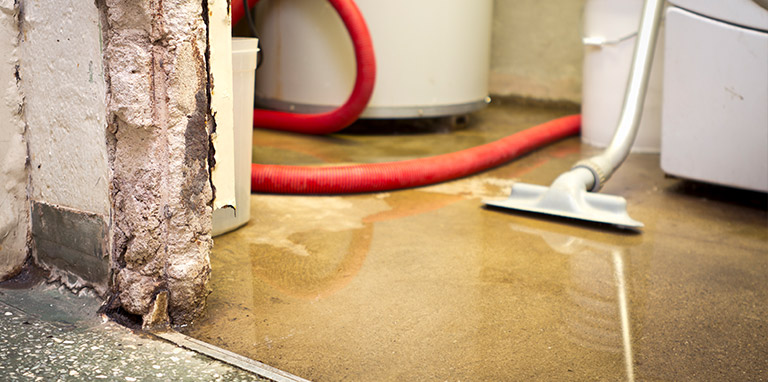After a long, cold winter it’s a welcome sign when the days get longer and the temperatures begin to inch higher. But the spring thaw can also bring spring flooding to your basement if your sump pump is not operating properly. It’s essential to consider sump pump repair to ensure your basement remains dry and protected.
When was the last time you checked your sump pump to make sure it is in working order and ready to pump excess water away from the foundation of your house? At Stashluk plumbing company we receive many calls in early spring from Union, Morris and Essex county residents about their flooded basements. It’s a big headache and it can be quite expensive to clean up and to replace lost property after a basement flood.
Faulty sump pumps are responsible for most basement flooding.
While power outages can often contribute to flooding, the majority of basement flooding is caused by sump pumps that have failed or otherwise can’t handle the amount and flow of water.
To help prevent water from gathering around your foundation always make sure gutters and leader drains are cleaned in the fall. And check your sump pump to make sure none of the following are present:
- Debris or dirt in the pit blocking the switch – Never sweep basement floor dirt into the sump pump pit and make sure there are no toys or other items that have made their way into the pit that may be blocking the sump pump switch from floating freely.
- Tripped circuit breaker – Make sure the sump pump has a dedicated circuit. If additional items are connected, it could trip the circuit.
- Sump pump mechanical failure – Many things can contribute to sump pump failure including an undersized discharge pipe and a missing check valve. Call Stashluk to inspect your sump pump drainage system.
- Clogged strainer – Sump pumps have a strainer at the bottom that the water flows through. If the strainer is clogged, the water won’t flow through properly and the basement could flood.
- Frozen discharge pipe – A blocked discharge pipe will not drain and it will cause water to back up and make the pump to run continuously.
In early spring the ground may still be too frozen to absorb the water from melting snow and rain storms. To protect your basement and all that’s in it, it’s absolutely imperative to make sure the sump pump is working properly. An automatic sump pump should help keep normal amounts of groundwater from building up in the basement. It will act like a floor drain and keep the water from rising.
Consider a backup sump pump installation for even greater protection.
A sump pump that has been properly maintained will provide service for up to 10 years. If you don’t know the age of your pump it’s a good idea to consider a replacement and keep a sump pump backup installed in case your sump pump fails. Another effective way to help prevent basement flooding is to install a two-pump system, which insures there will be a backup pump should one pump fail. It also has an alarm to alert homeowners in the event of a failure.
Stashluk’s Annual Safety Check can help keep you dry.
Stashluk’s Annual Safety Check of your plumbing systems can help identify problem areas in your plumbing before they become emergencies. Our sump pump solutions range from standard pumps to pumps that operate without power either thru batteries, generators or city water pressure. In addition, we can install water alarms to monitor and detect problems that can happen despite preventative measures.
To learn more about sump pumps, call Stashluk today at 908.277.6200.




